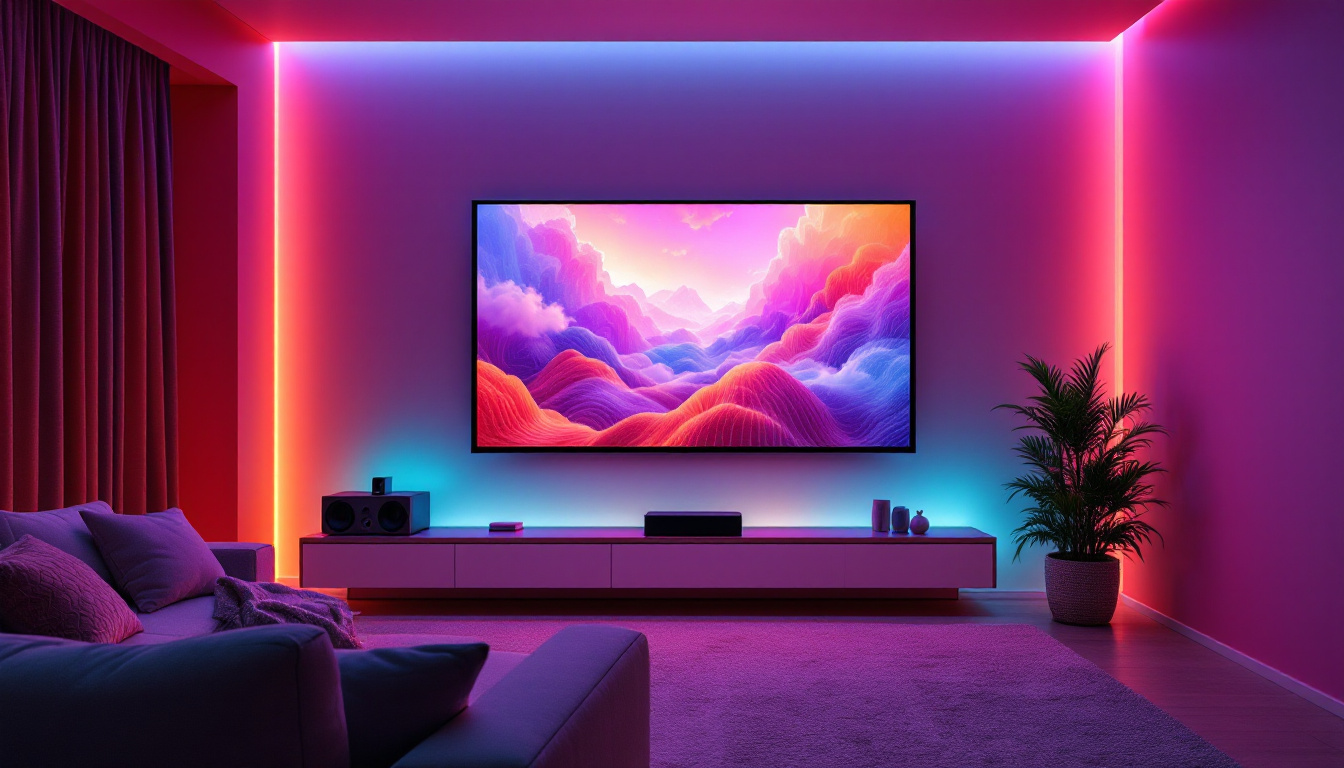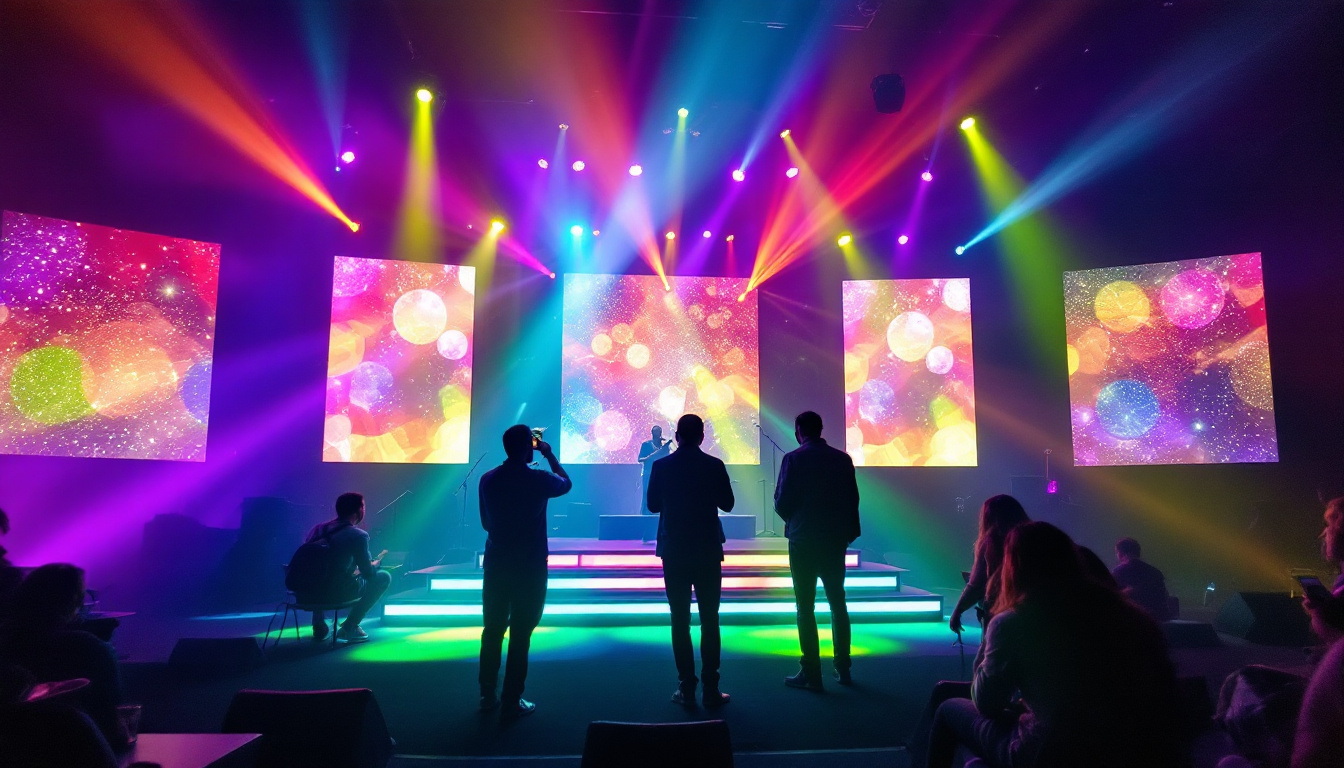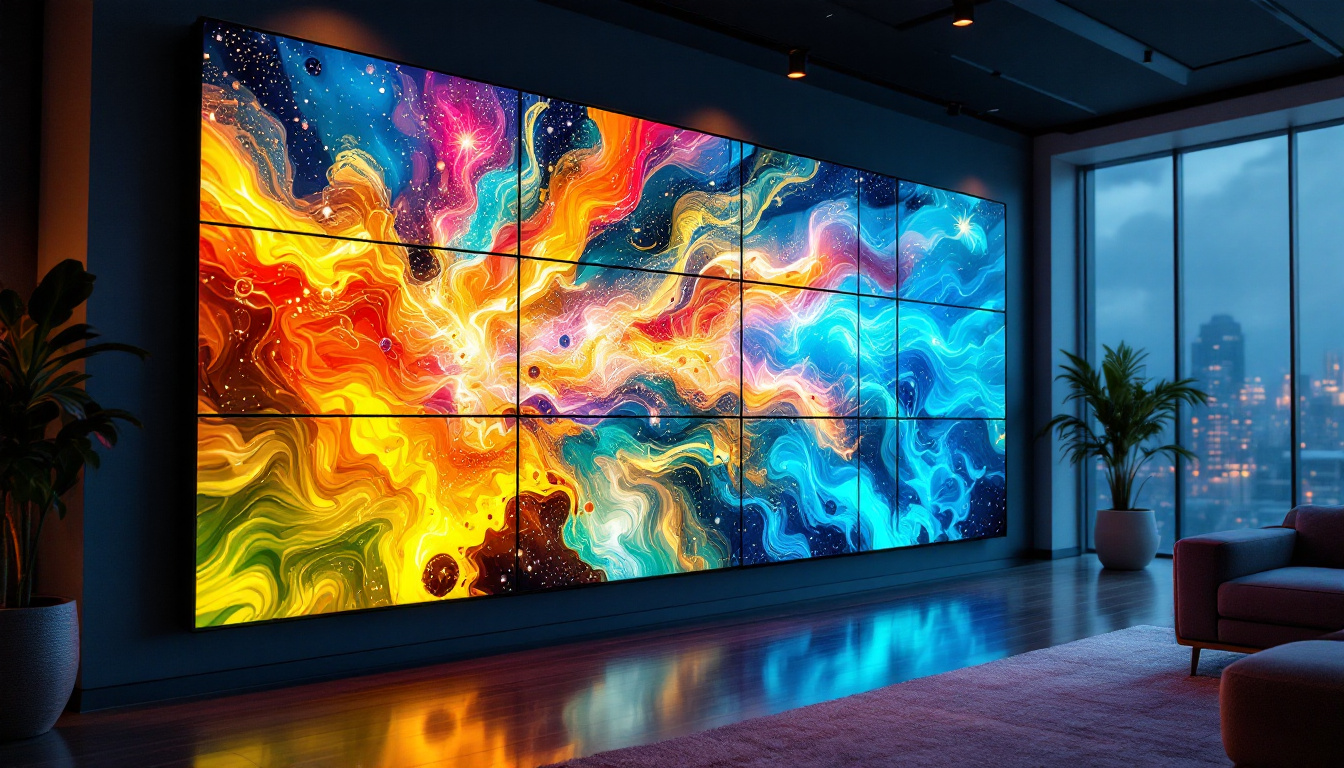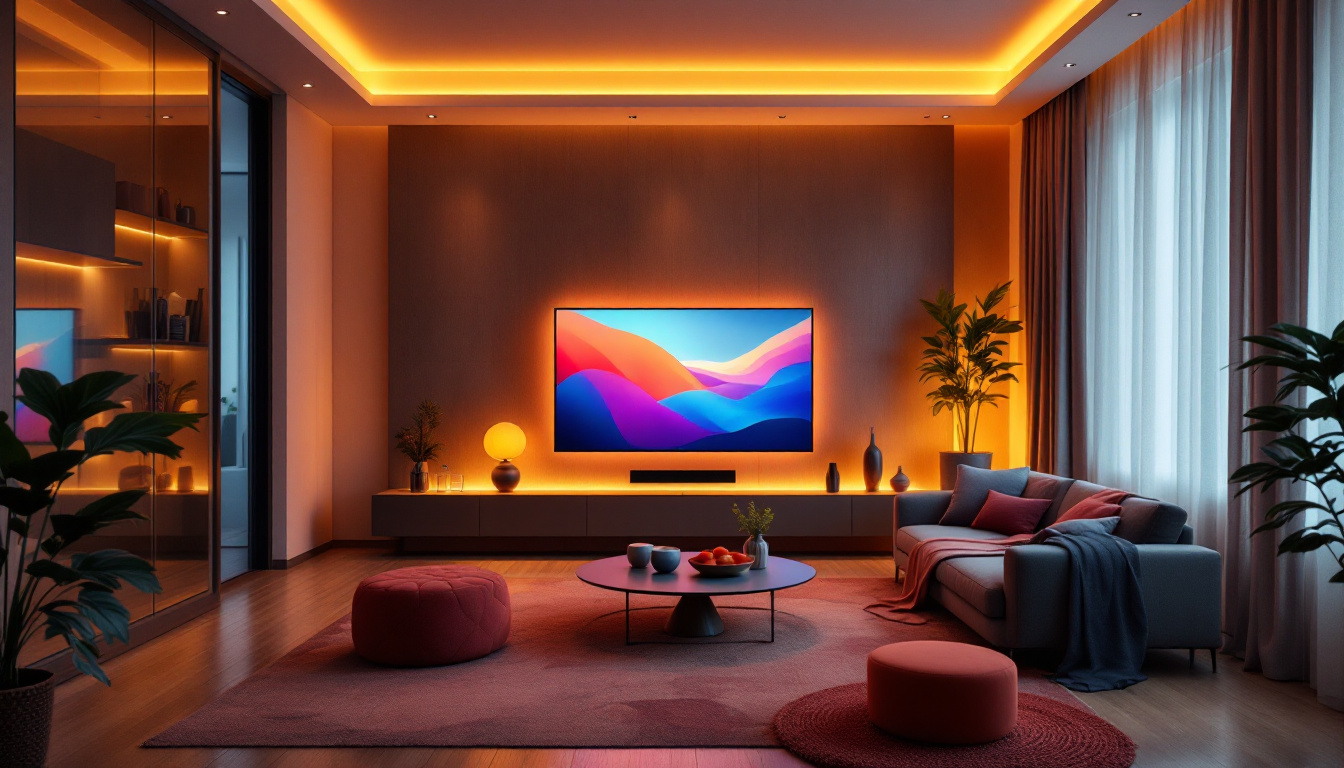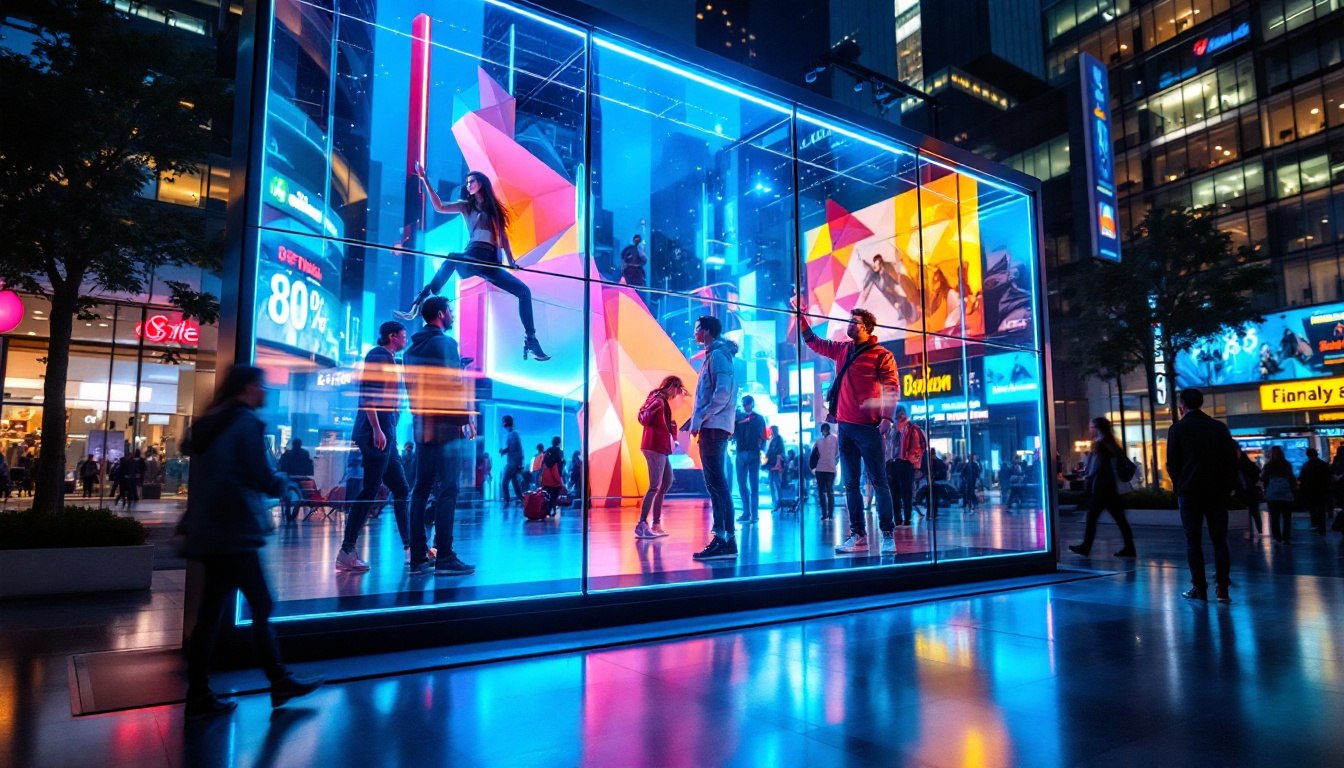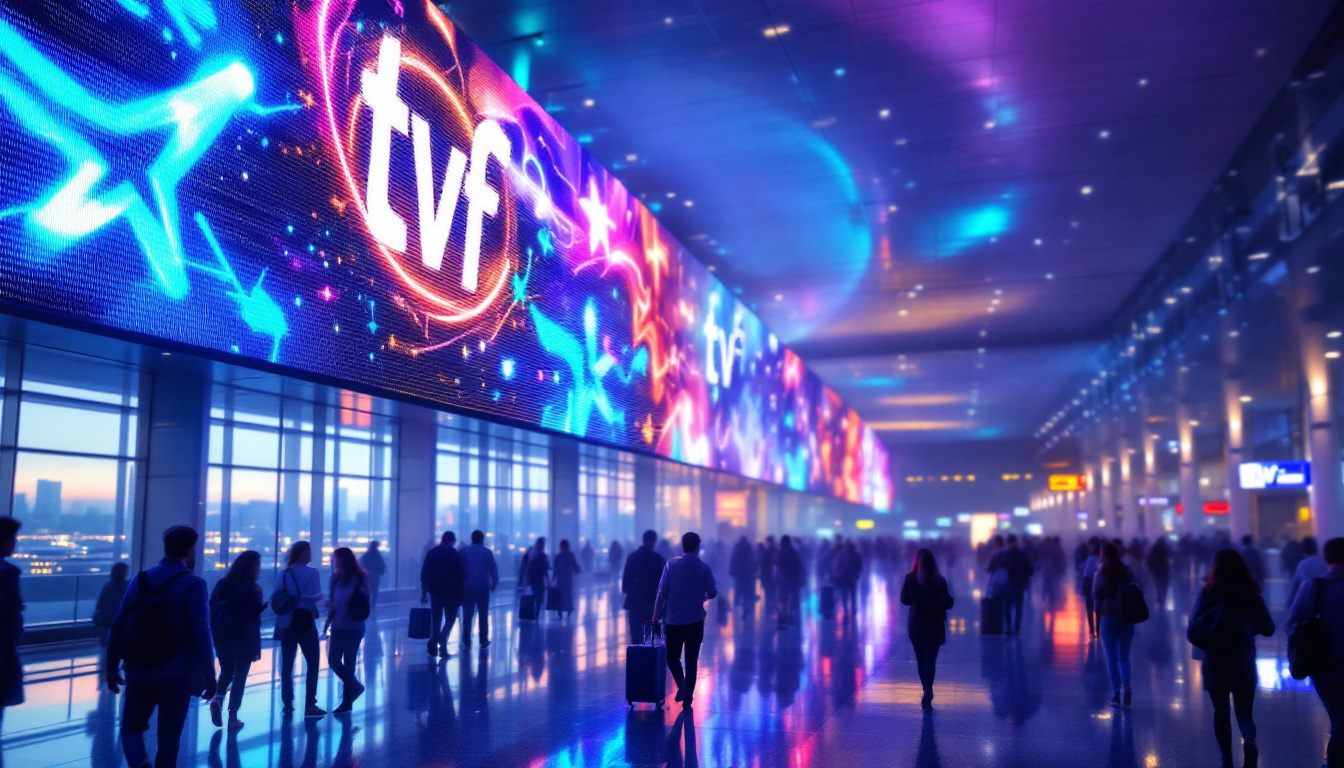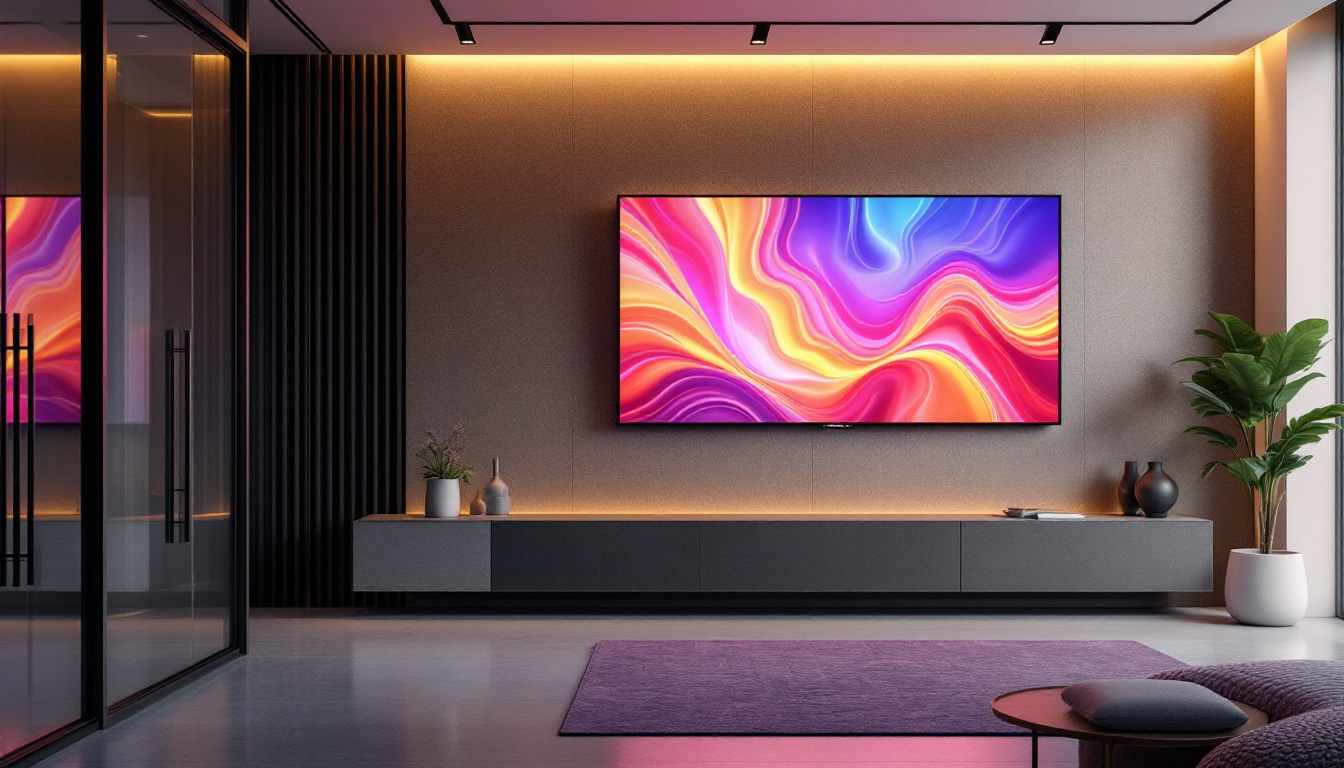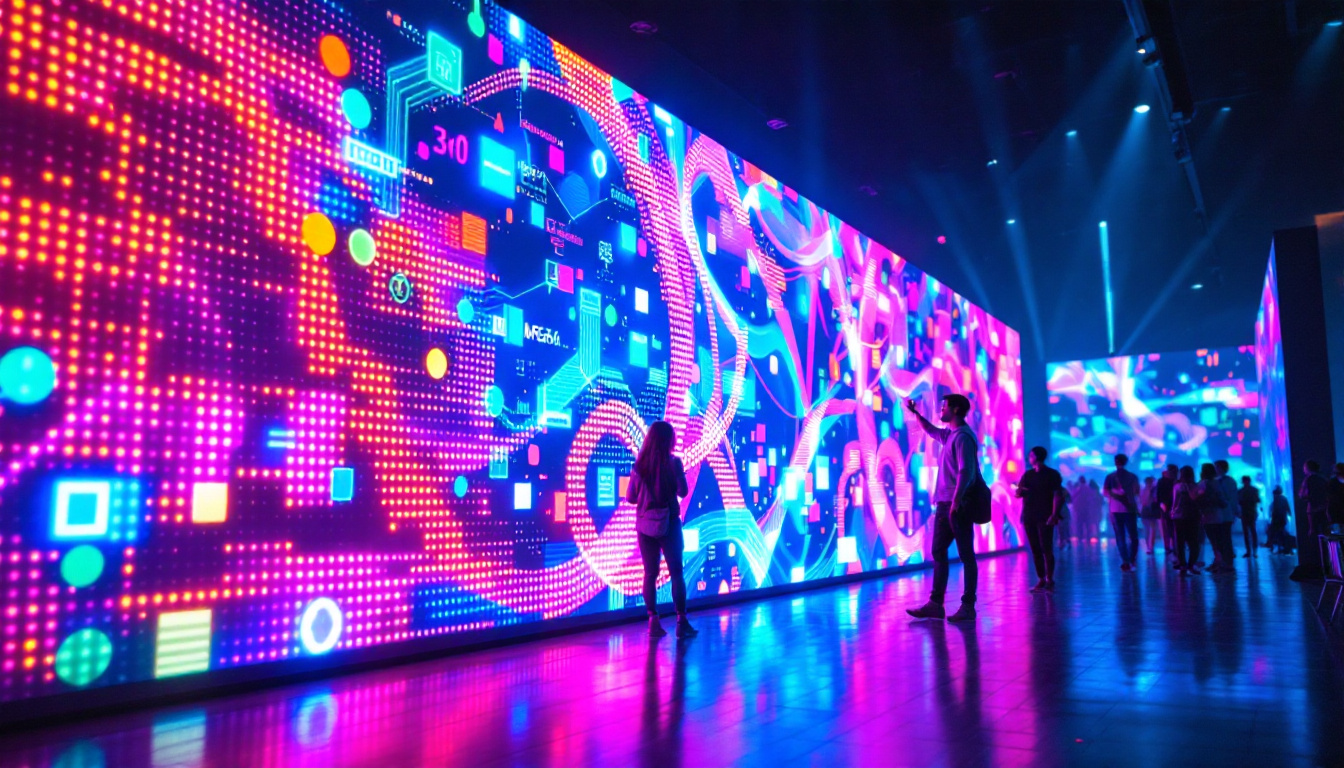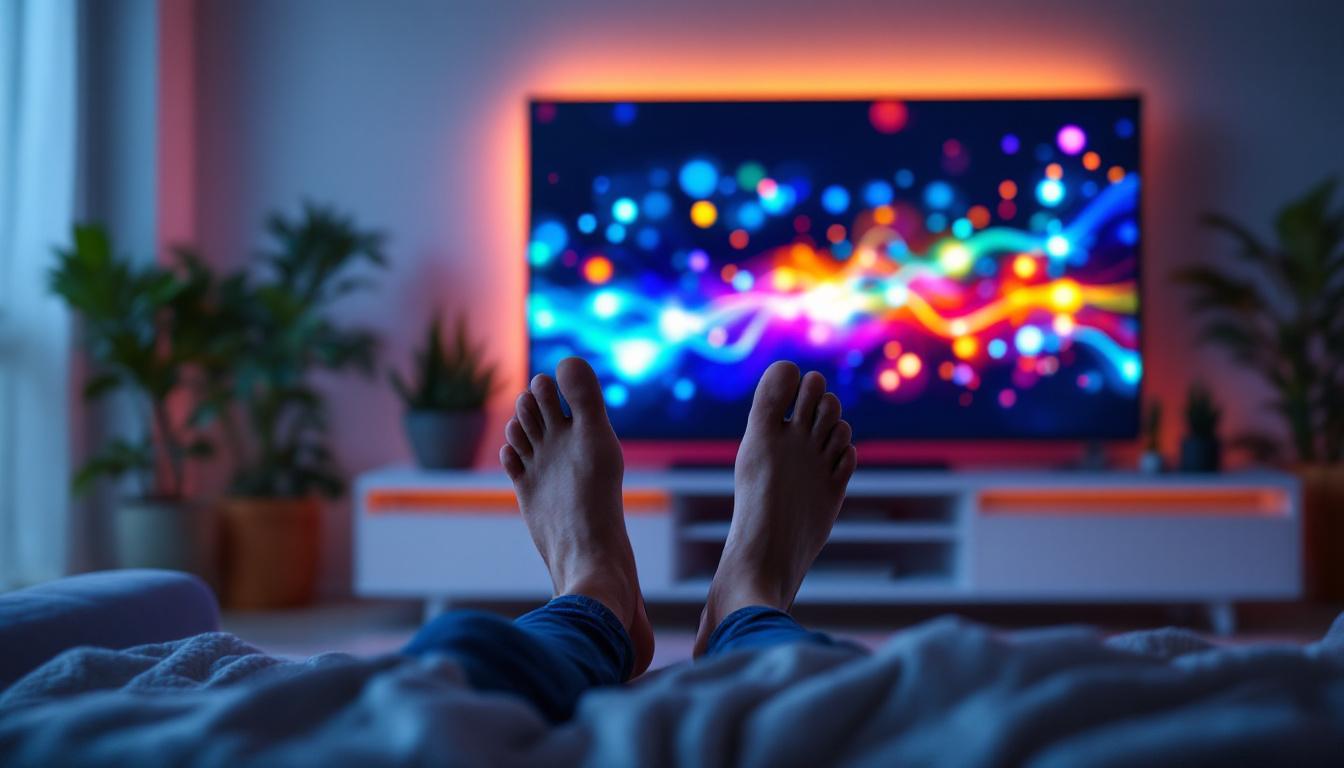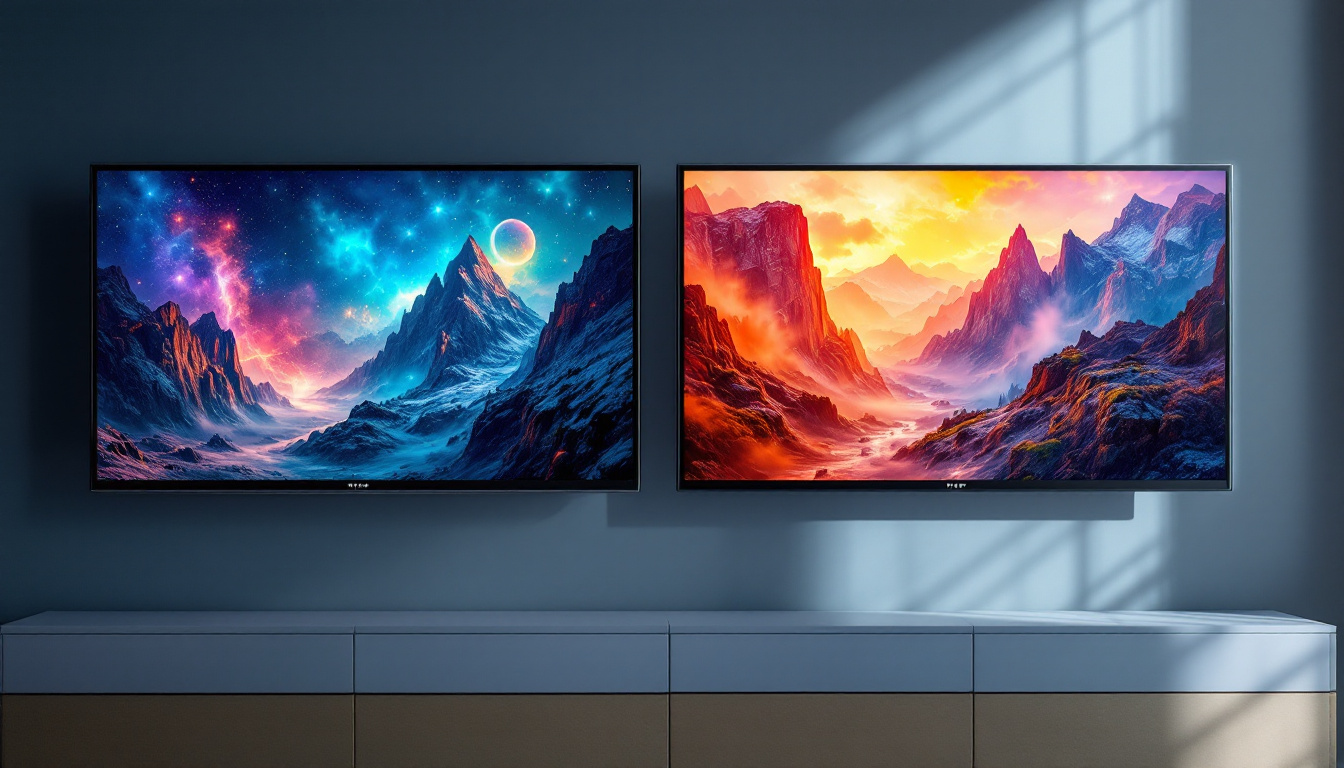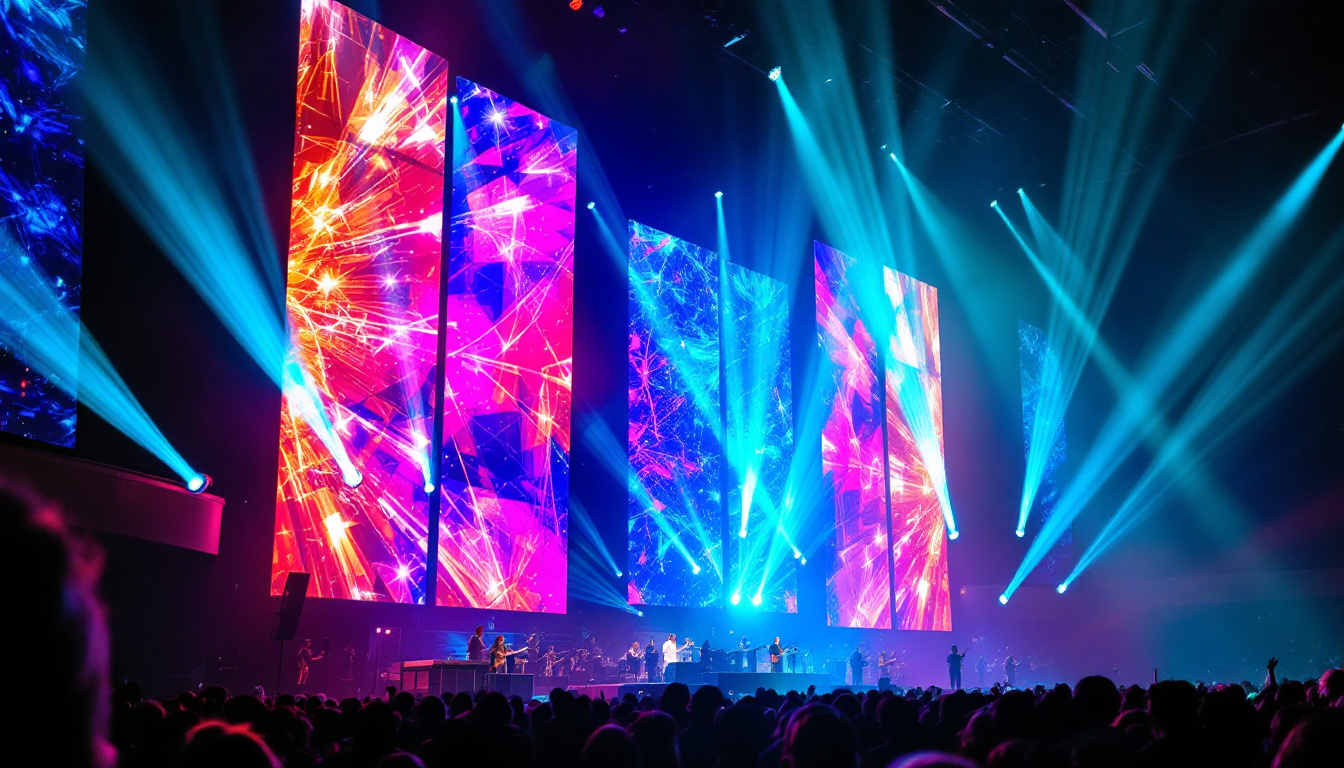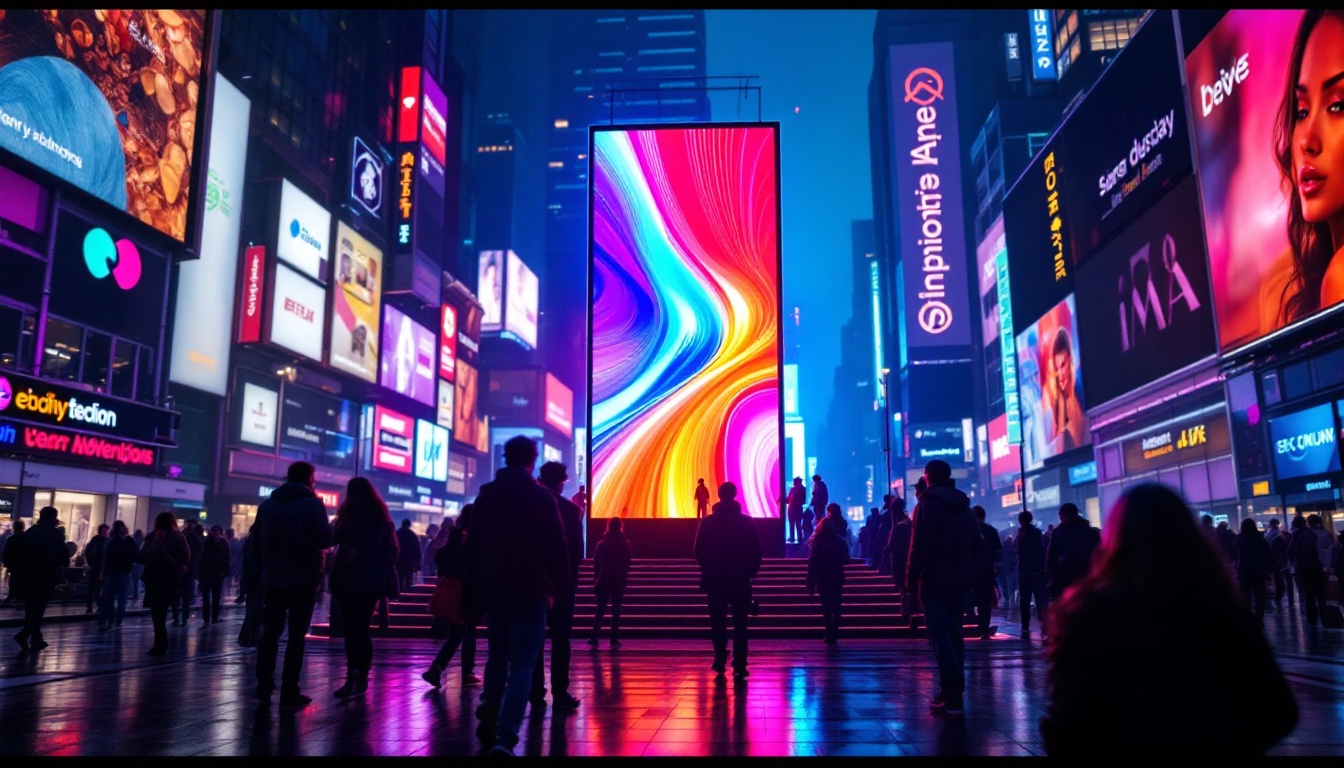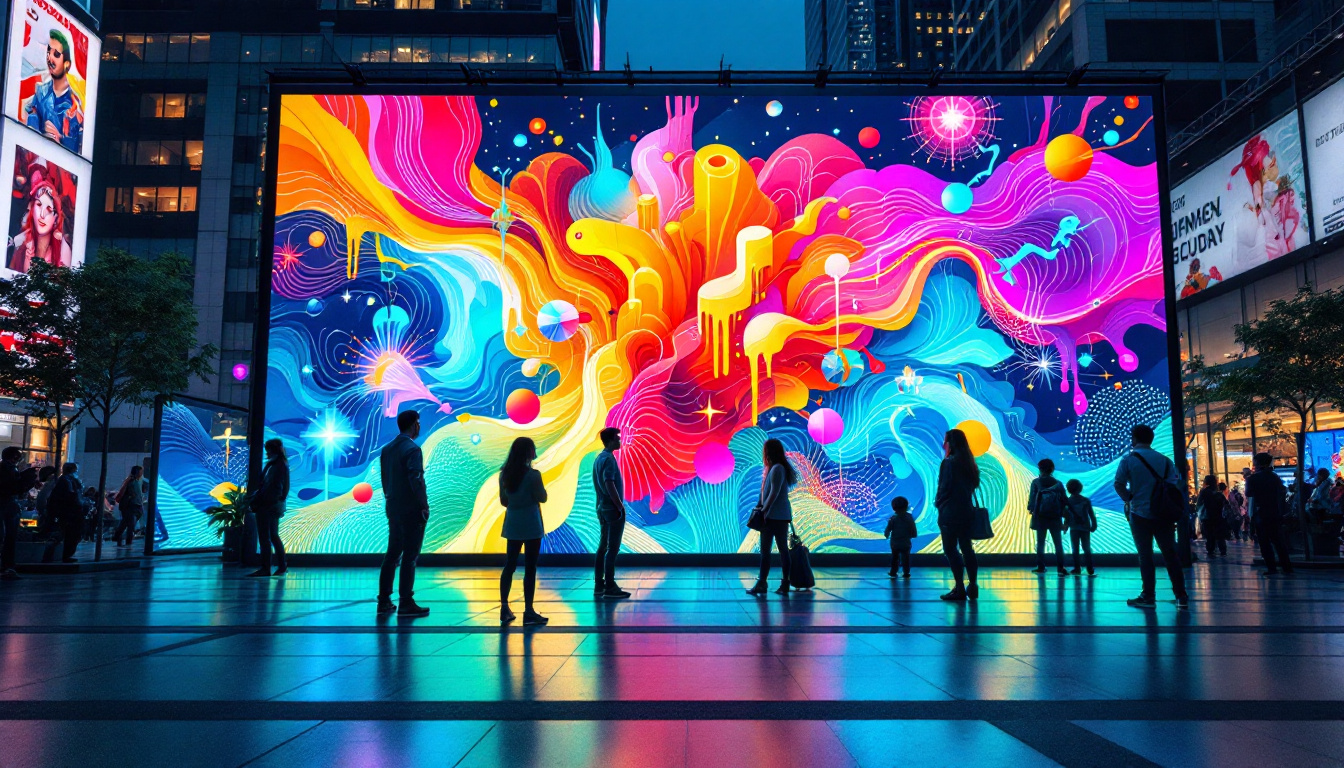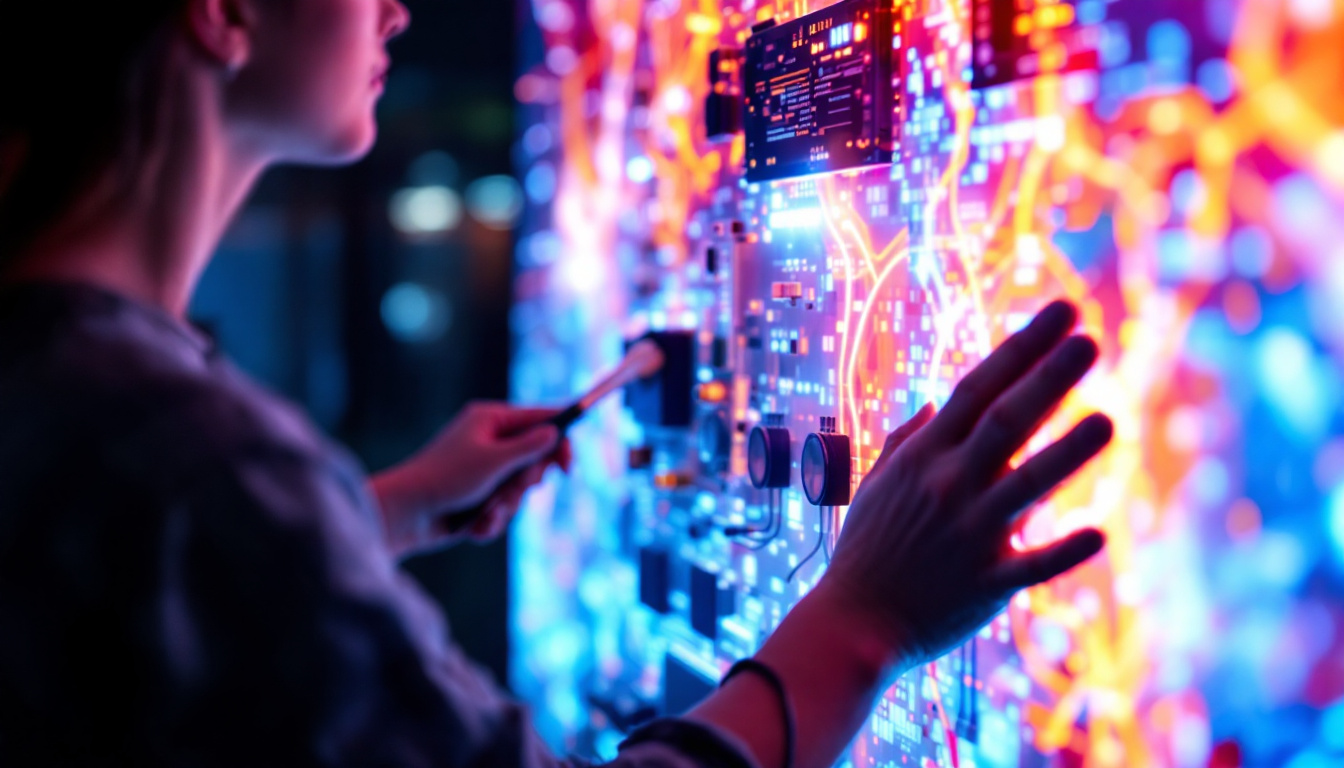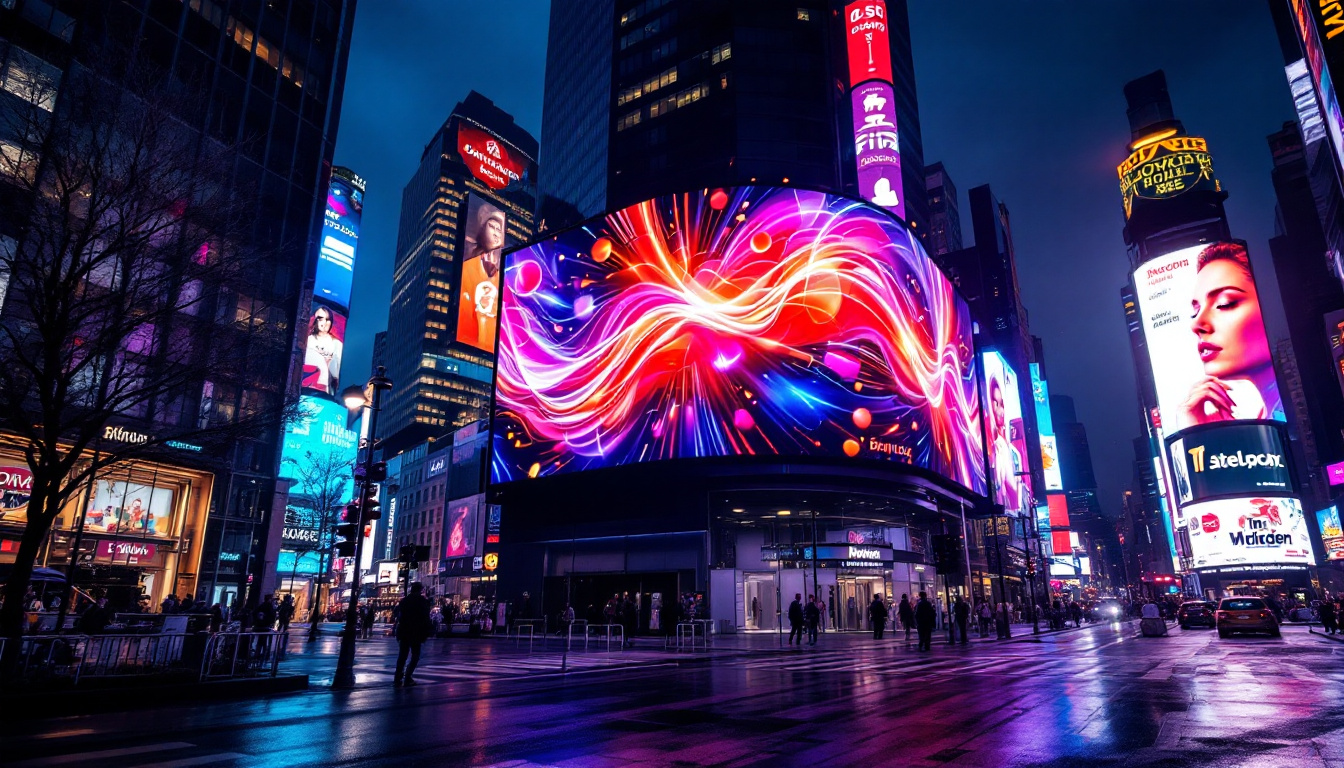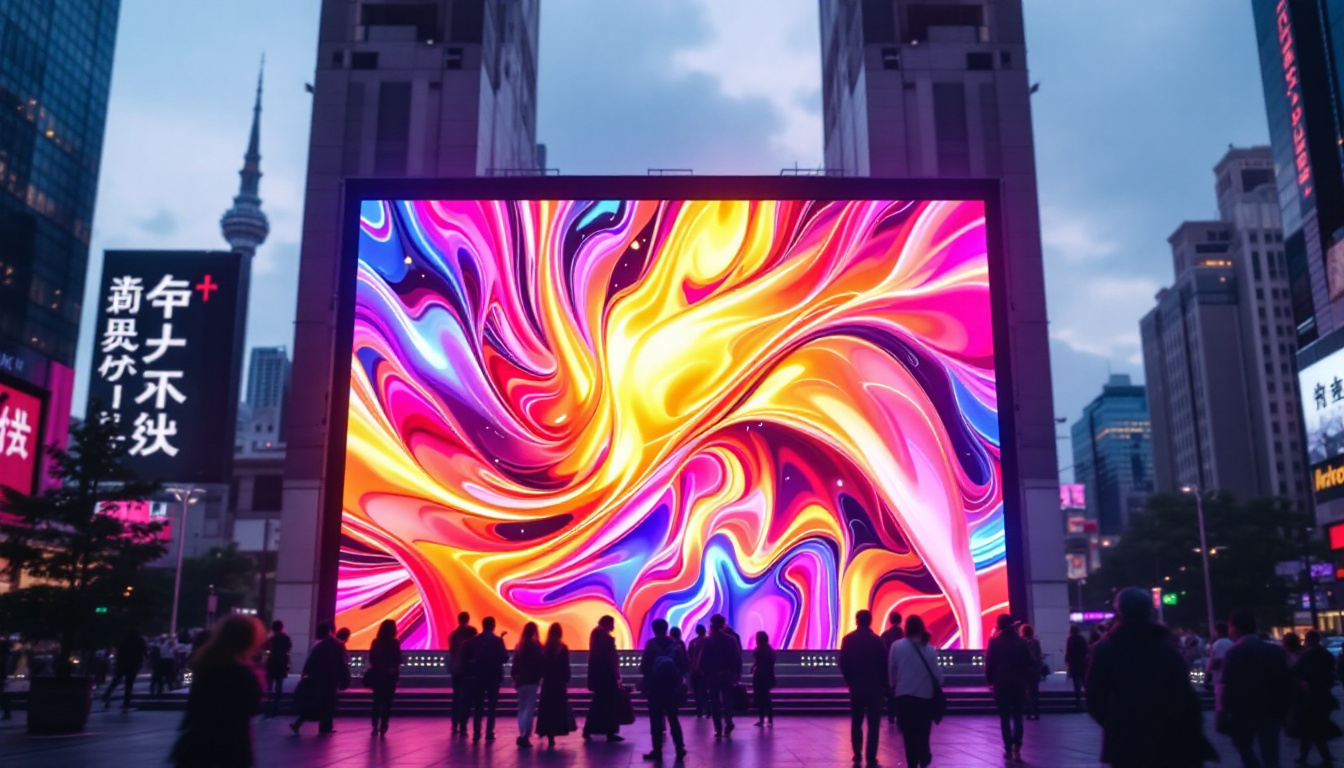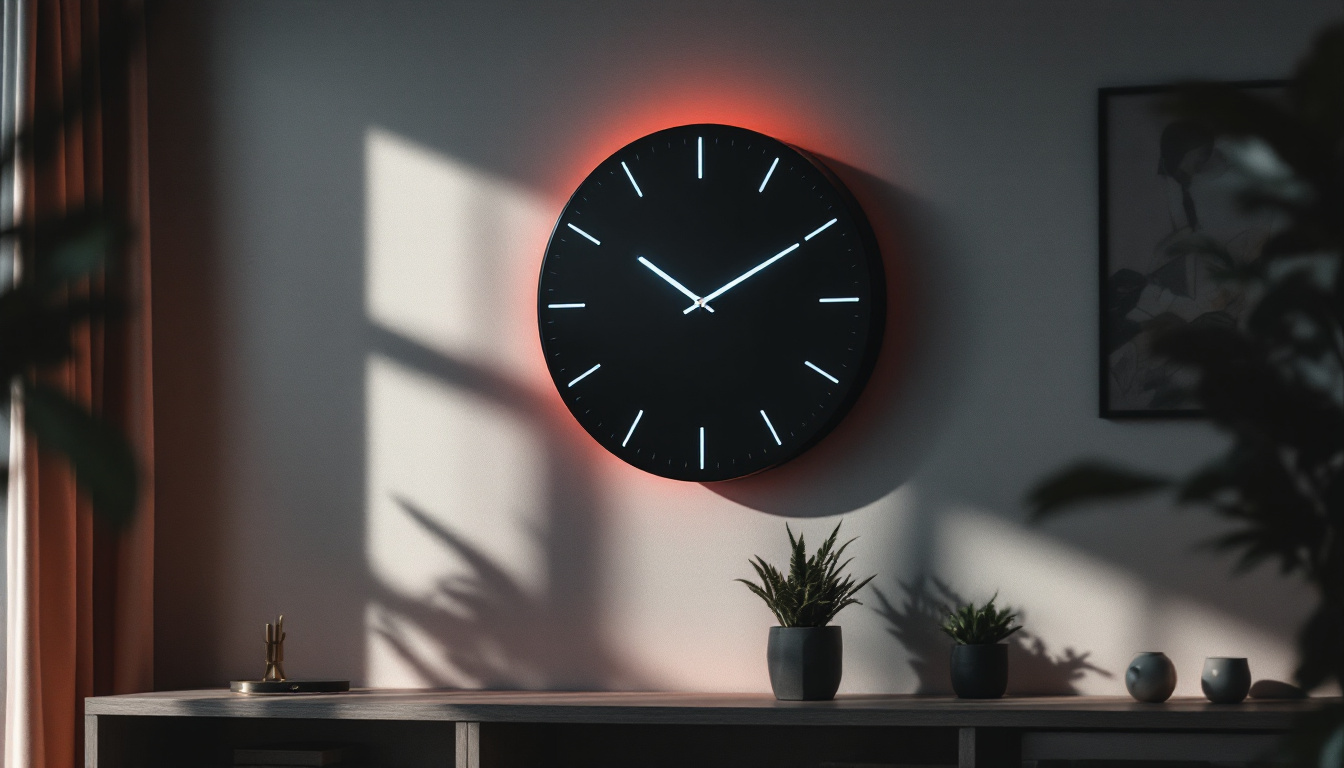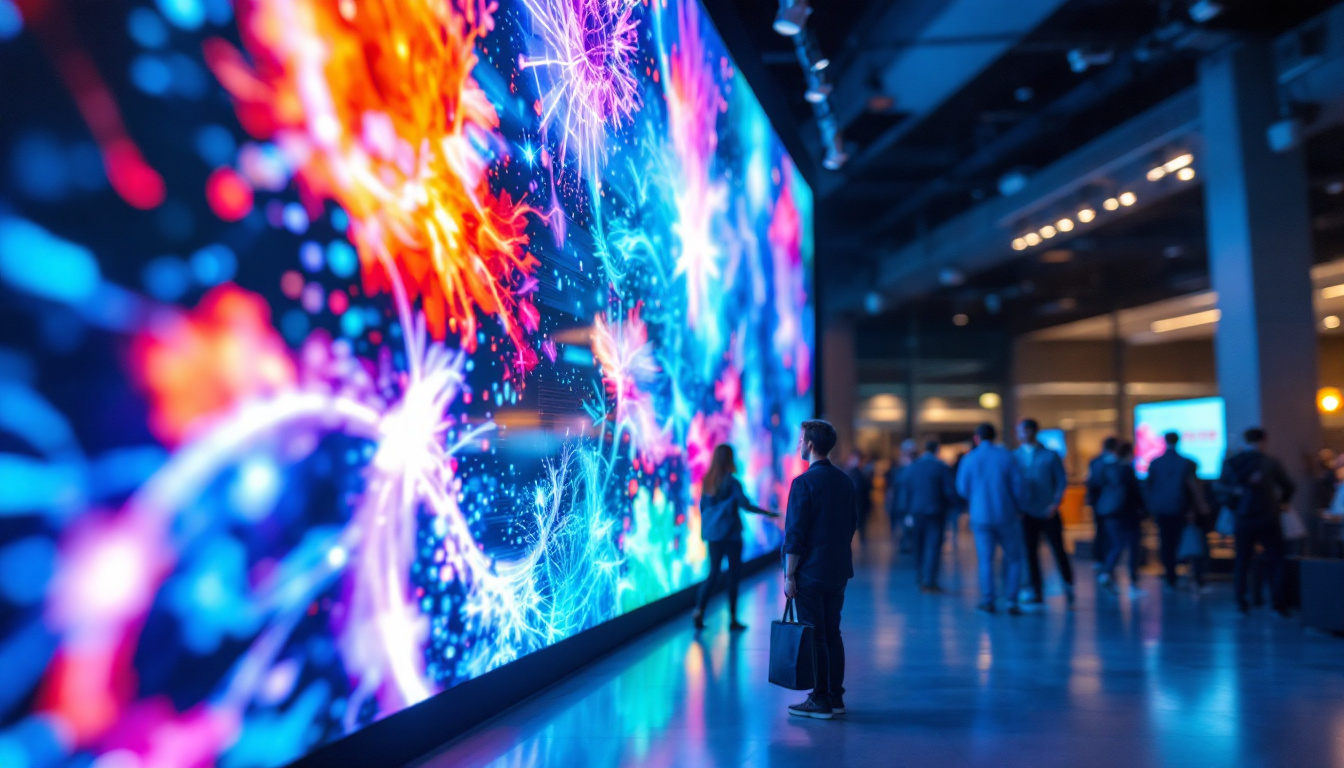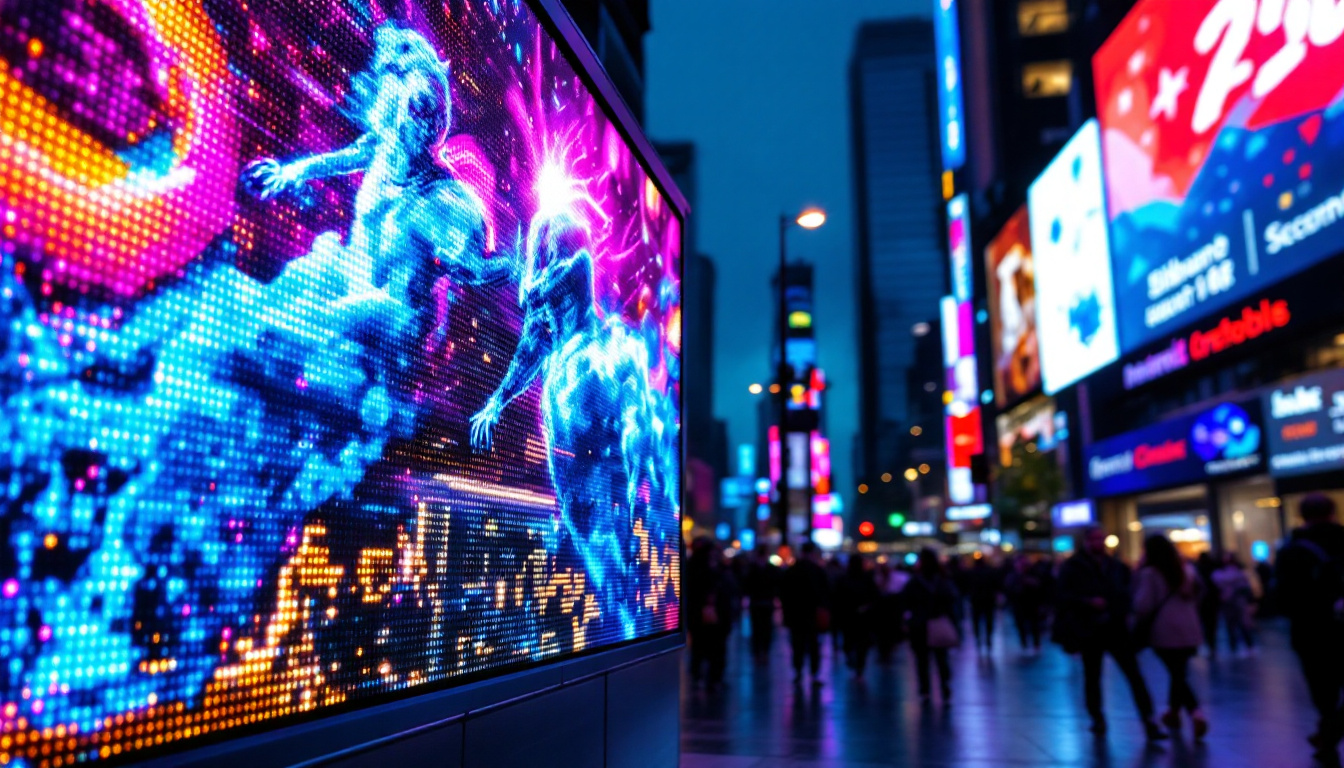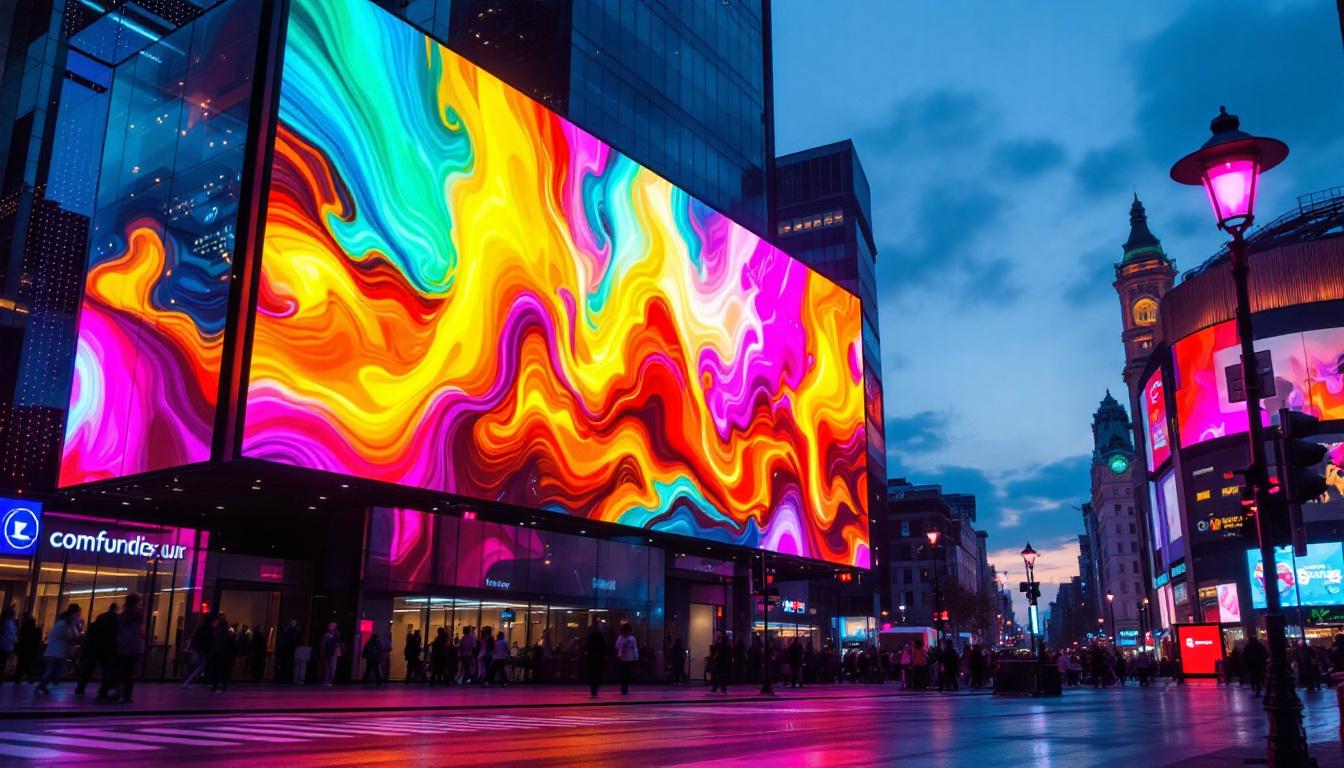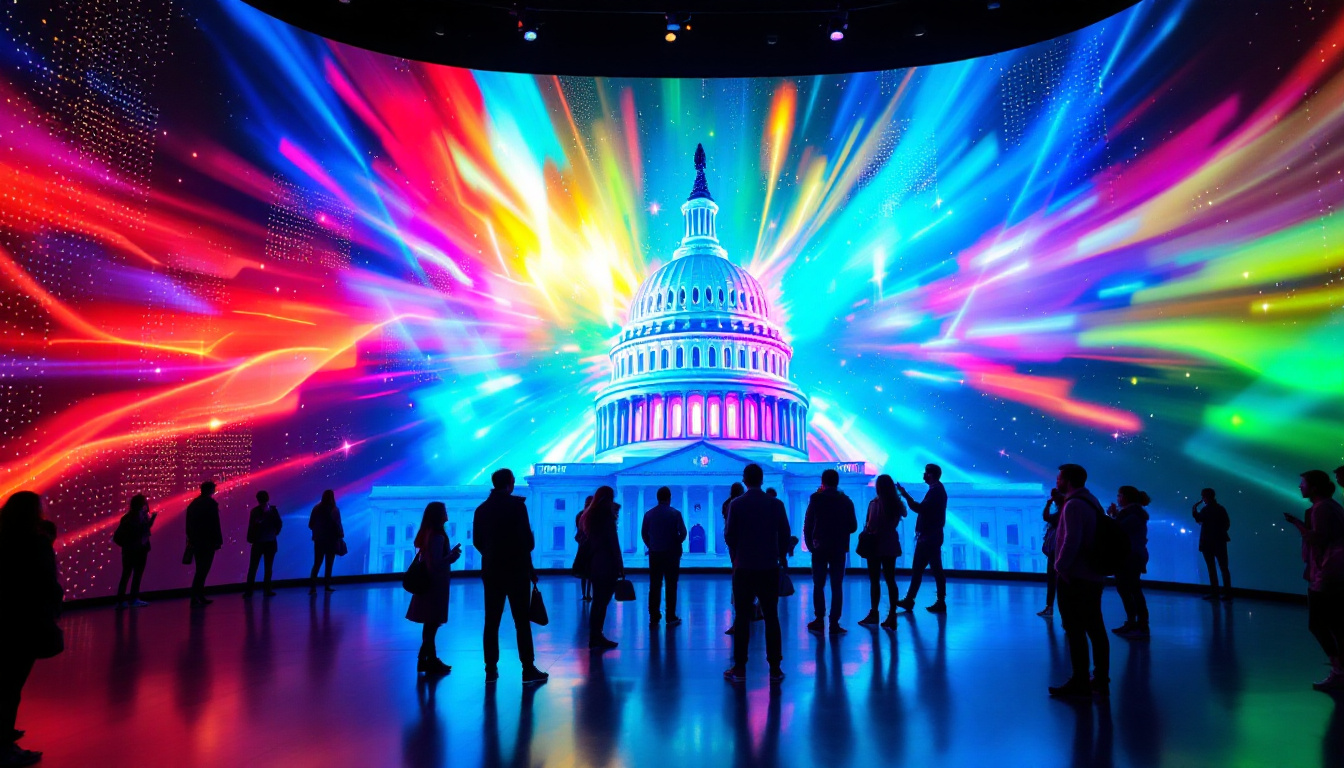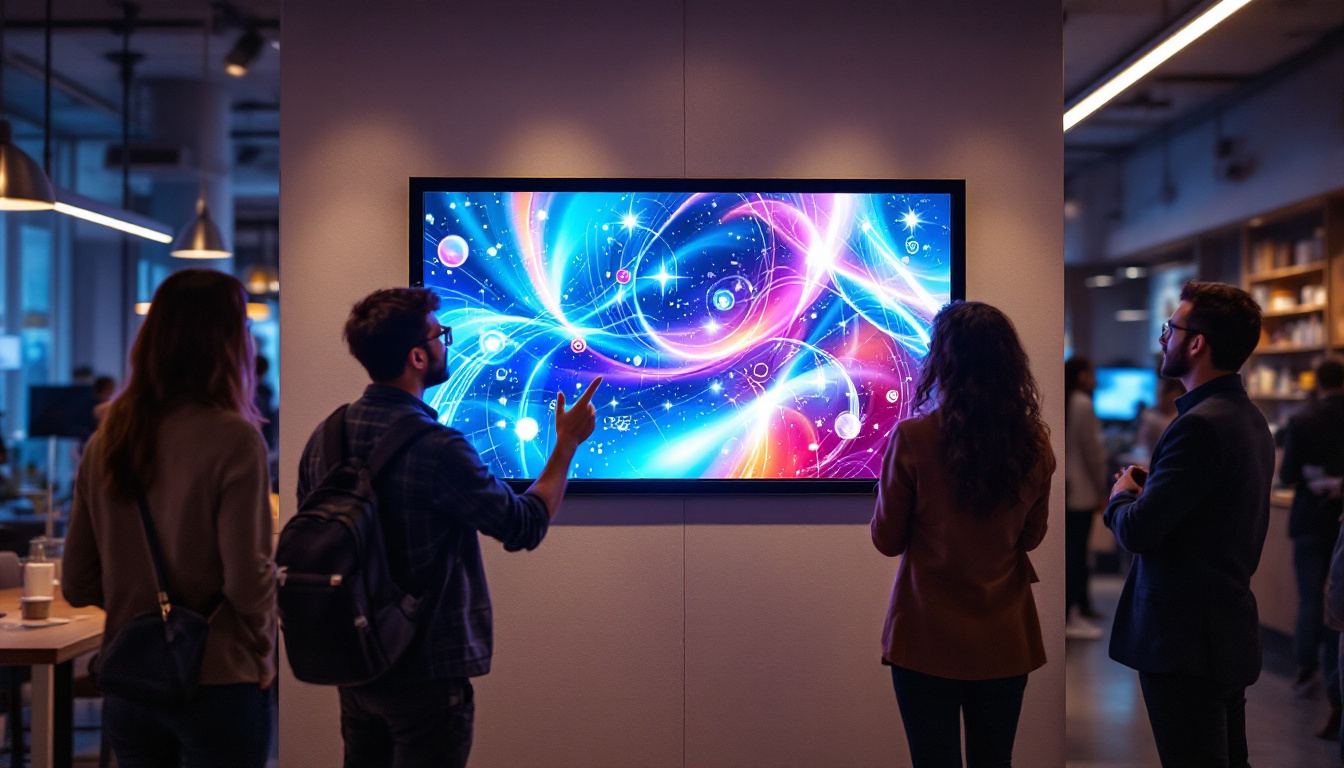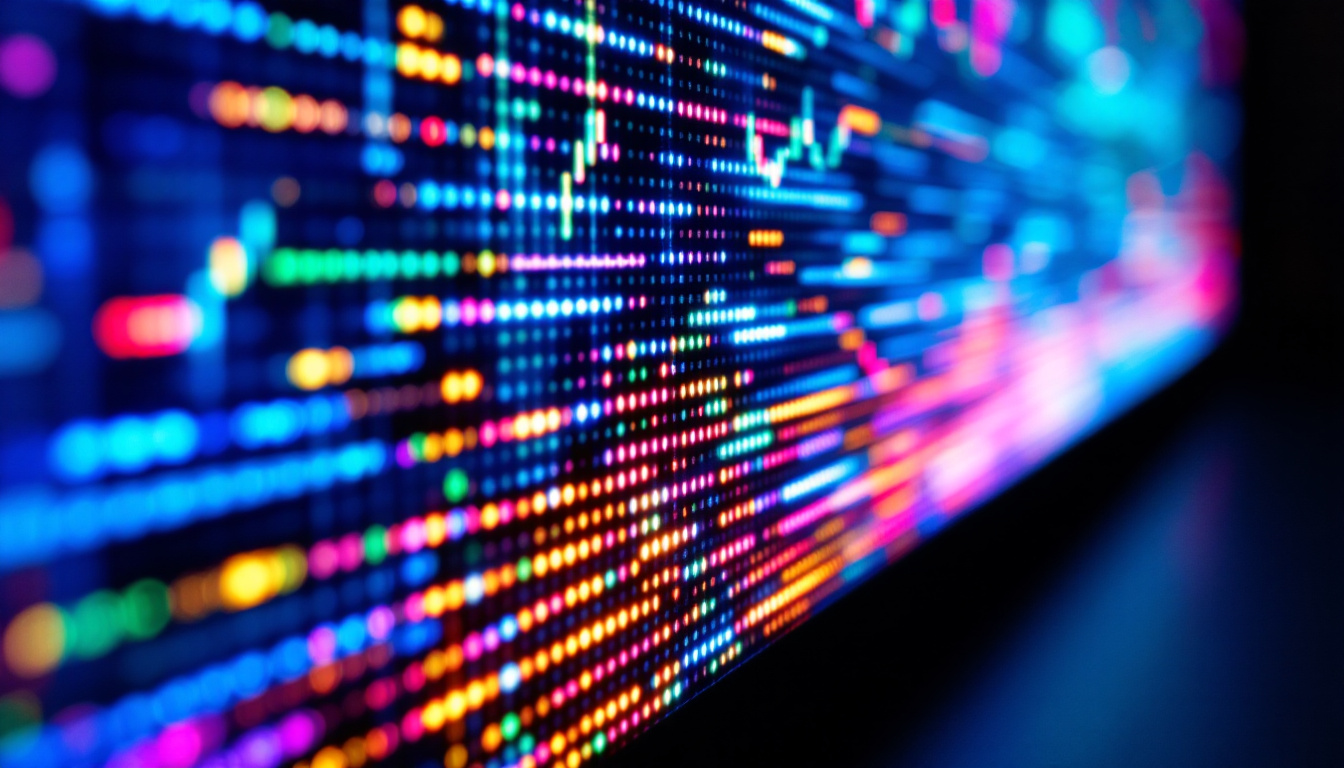In recent years, the concept of transparent displays has surged in popularity, captivating both consumers and industries alike. The transparent computer display, particularly those utilizing LED technology, represents a significant leap forward in how visual information is presented. This article delves into the intricacies of transparent LED displays, their applications, advantages, and the technology behind them.
Understanding Transparent LED Displays
Transparent LED displays are innovative visual solutions that allow users to see content while still being able to view objects behind the screen. This unique feature is achieved through the use of light-emitting diodes (LEDs) that are strategically placed to create images and videos while maintaining transparency. The technology has evolved to a point where it can deliver high-quality visuals without obstructing the view of the environment. Their versatility makes them suitable for a wide range of applications, from retail environments to art installations, where they can enhance the aesthetic appeal while providing dynamic content.
How Transparent LED Displays Work
At the core of transparent LED displays is the arrangement of LEDs on a transparent substrate. Unlike traditional displays, which rely on a solid backing, transparent displays utilize a mesh-like structure that allows light to pass through. This means that when the display is turned off, it appears almost invisible, blending seamlessly into its surroundings. The technology behind these displays also involves advanced optics that optimize the viewing angles and brightness, ensuring that the content remains visible even in brightly lit environments.
The LEDs emit light in a controlled manner, illuminating only specific areas of the display to form images or text. The transparency level can vary depending on the design and technology used, with some displays achieving up to 85% transparency. This allows for a unique viewing experience where digital content can be overlaid on real-world objects. Furthermore, the integration of sensors and interactive capabilities can transform these displays into engaging platforms, allowing users to interact with the content through touch or motion detection, thereby enhancing the overall user experience.
Types of Transparent LED Displays
Transparent LED displays come in various forms, each tailored for specific applications. The most common types include:
- Transparent OLED Displays: These utilize organic light-emitting diodes to create vibrant colors and deep blacks, making them ideal for high-end applications. Their flexibility also allows for creative designs, enabling curved or irregular shapes that can fit into unique architectural spaces.
- Transparent LCD Displays: While less common, these displays use liquid crystal technology to achieve transparency, often at a lower cost but with reduced visual quality. They are frequently employed in environments where cost is a significant factor, such as in retail signage or information kiosks.
- Mesh LED Displays: These are designed for large-scale installations, such as advertising billboards, where the transparency allows for visibility of the environment behind the display. Their robust construction makes them suitable for outdoor use, capable of withstanding various weather conditions while delivering impactful visual content.
Each type of transparent LED display offers unique advantages, catering to different needs and environments. For instance, transparent OLED displays are often favored in luxury retail settings, where aesthetics are paramount, while mesh LED displays are popular in urban landscapes for their ability to capture attention without overwhelming the surrounding architecture. As technology continues to advance, we can expect even more innovative applications and improvements in the performance of transparent LED displays, further blurring the lines between digital and physical spaces.
Applications of Transparent LED Displays
The versatility of transparent LED displays has led to their adoption across various sectors. Their ability to merge digital content with the physical world opens up new possibilities for creativity and functionality.
Retail and Advertising
In the retail sector, transparent LED displays are revolutionizing how products are showcased. Retailers can use these displays to overlay promotional content on products without obstructing the view of the items themselves. This not only attracts customers but also enhances the shopping experience by providing additional information in an engaging format.
Moreover, transparent displays are becoming increasingly popular in advertising. They can be installed in storefront windows, allowing brands to capture the attention of passersby while maintaining visibility of the products inside. This dual functionality makes them a powerful tool for marketers. Additionally, the ability to change the displayed content in real time means that retailers can quickly adapt their marketing strategies to reflect seasonal trends, special promotions, or new product launches, ensuring that their messaging is always relevant and timely.
Architecture and Interior Design
Architects and interior designers are also embracing transparent LED technology. These displays can be integrated into building facades, allowing for dynamic visual presentations that can change throughout the day or during special events. This capability not only enhances the aesthetic appeal of a structure but also serves practical purposes, such as providing information or entertainment in public spaces.
In interior design, transparent displays can be used as partitions or decorative elements, creating a modern and futuristic ambiance in homes and offices. The ability to display digital art or information while maintaining an open feel is particularly appealing in contemporary design. Furthermore, these displays can be programmed to react to environmental factors, such as adjusting brightness based on natural light levels or displaying calming visuals in response to noise, thus enhancing the overall atmosphere of a space. This innovative use of technology not only elevates the design but also contributes to a more immersive and interactive experience for occupants and visitors alike.
Advantages of Transparent LED Displays
Transparent LED displays offer numerous advantages that make them an attractive choice for various applications. Understanding these benefits can help businesses and consumers make informed decisions when considering this technology.
Enhanced Aesthetics
One of the most significant advantages of transparent LED displays is their aesthetic appeal. Their sleek and modern design allows them to blend seamlessly into any environment. This is especially important in spaces where visual impact is crucial, such as retail stores, galleries, and corporate offices.
Furthermore, the ability to display dynamic content while maintaining transparency adds a layer of sophistication that static displays cannot achieve. This can create an immersive experience for viewers, drawing them in and keeping their attention longer.
Space Efficiency
Transparent displays are also space-efficient. They can be installed in locations where traditional displays would be impractical, such as in windows or on glass walls. This flexibility allows businesses to maximize their advertising and informational capabilities without sacrificing valuable floor space.
Additionally, the lightweight nature of many transparent LED displays means they can be easily mounted or suspended, further enhancing their versatility in various settings.
Challenges and Considerations
Despite their numerous advantages, transparent LED displays are not without challenges. Understanding these issues is essential for potential users to make informed decisions.
Cost Implications
One of the primary challenges associated with transparent LED displays is their cost. The technology is still relatively new, and high-quality transparent displays can be significantly more expensive than traditional display options. This can be a barrier for small businesses or individuals looking to invest in this technology.
However, as the technology matures and production processes improve, costs are expected to decrease, making transparent displays more accessible to a broader audience.
Brightness and Visibility
Another consideration is brightness and visibility. While transparent displays can achieve impressive transparency levels, this can sometimes come at the expense of brightness. In brightly lit environments, the content displayed on a transparent screen may not be as visible as it would be on a traditional opaque display. This is particularly important in outdoor settings where sunlight can wash out the display.
To mitigate this issue, manufacturers are continuously working on enhancing the brightness and contrast of transparent displays, ensuring that they remain effective in various lighting conditions.
The Future of Transparent LED Displays
The future of transparent LED displays looks promising, with ongoing advancements in technology and increasing adoption across different sectors. As manufacturers continue to innovate, new possibilities are emerging that could redefine how we interact with digital content.
Integration with Smart Technology
One of the most exciting prospects for transparent LED displays is their integration with smart technology. As the Internet of Things (IoT) continues to expand, transparent displays could serve as interactive interfaces that provide real-time information based on user preferences or environmental conditions.
Imagine a transparent display that changes its content based on the time of day, weather conditions, or even the presence of specific individuals. This level of interactivity could revolutionize how information is presented in public spaces, homes, and workplaces.
Advancements in Display Technology
As technology progresses, we can expect to see further enhancements in the performance of transparent LED displays. Innovations such as improved energy efficiency, higher resolution, and better color accuracy are on the horizon. These advancements will not only enhance the user experience but also make transparent displays more viable for a wider range of applications.
Moreover, the development of flexible and bendable transparent displays could open up entirely new possibilities in design and functionality, allowing for even more creative applications in architecture, fashion, and beyond.
Conclusion
Transparent LED displays represent a groundbreaking advancement in display technology, merging the digital and physical worlds in ways that were previously unimaginable. Their unique ability to maintain transparency while delivering high-quality visuals makes them a versatile solution for various applications, from retail to architecture.
While challenges such as cost and visibility remain, ongoing advancements in technology promise to address these issues, paving the way for broader adoption and innovative uses. As the future unfolds, transparent LED displays are poised to play a significant role in shaping how we experience and interact with information in our everyday lives.
Discover the Future of Visual Display with LumenMatrix
Ready to elevate your space with the cutting-edge technology of transparent LED displays? Explore LumenMatrix’s extensive range of innovative LED display solutions, from the immersive Indoor LED Wall Display to the dynamic Outdoor LED Wall Display, and beyond. Whether you’re looking to captivate passersby with a Vehicle LED Display, engage sports fans with a LED Sports Display, or create a unique environment with a Custom LED Display, LumenMatrix has the expertise to bring your vision to life. Embrace the future of digital signage and enhance your brand’s visibility with LumenMatrix’s LED Transparent Display. Check out LumenMatrix LED Display Solutions today and start transforming your visual communication.


